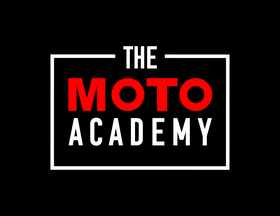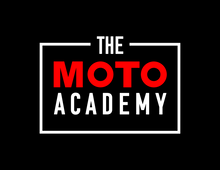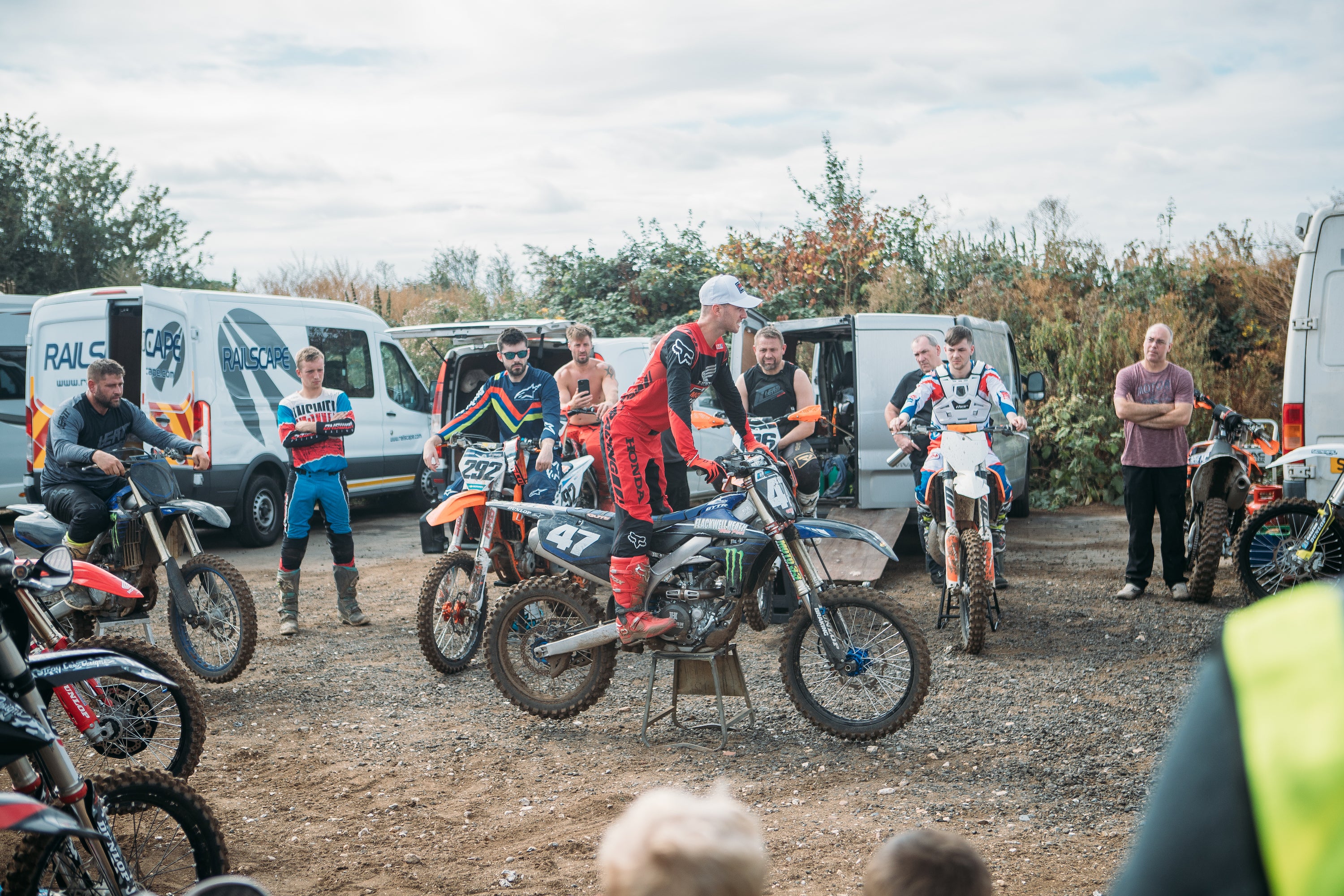Welcome to the thrilling world of motocross and dirt biking, where mastering each skill can significantly elevate your riding experience. Today, we are diving deep into one of the most crucial aspects of dirt bike riding: braking. With insights from AJ Catanzaro, a pro supercross racer and the proud owner of The Moto Academy, we'll guide you through the process of perfecting your braking technique.
Understanding the Basics of Dirt Bike Braking
Braking on a dirt bike is more than just slowing down or stopping; it's about control, timing, and finesse. The key to effective braking lies in understanding the dynamics of your dirt bike and the terrain you're navigating. Before we delve into the specifics, ensure you're familiar with the attack position on your bike. If you haven't already, check out our post and video on the attack position to get up to speed.
The Role of the Attack Position in Braking
The attack position is your starting point for effective braking. It's a stance that prepares you for action, keeping you balanced and ready to respond. When you're in this position, your body is aligned with the bike, allowing for optimal control during braking.
Downshifting and Engine Braking
As you approach a braking scenario, downshifting is your first step. It's crucial to downshift before engaging the brakes to maximize the effect of engine braking. Engine braking occurs when you let off the throttle and allow the bike to idle without pulling in the clutch. This creates a natural deceleration, aiding your overall braking effort. Engine Breaking Explained
The Importance of Foot Positioning
Foot positioning is critical when braking. A slight forward slide of the foot is necessary, but keep your knee locked to support stability. Avoid "ninja kicking" at the brake lever, as this can disrupt your balance and control.
Gripping with Your Knees
A common mistake riders make is not gripping the bike firmly enough with their knees. This grip is essential to prevent you from lurching forward when applying the brakes. Maintain a strong, stable position to stay in control throughout the braking process.
Front and Rear Brakes: A Balanced Approach
When braking on a dirt bike, it's crucial to use the front and rear brakes together. While specific situations call for using either brake independently, the general rule is to apply both simultaneously. The rear brake acts as an anchor, pressing the tire against the ground to stabilize the bike. A moderate application of the rear brake causes wheel chatter, anchoring the bike further. Once steady, you can gently apply the front brake. Overuse of the front brake can lead to the bike's nose diving, while too much rear brake may cause stalling, especially as the rear brake is applied without the clutch. Find that balance, play around with it every bike is a little bit different.
Developing a Braking Zone
Mastering braking on a dirt bike allows you to set up a 'braking zone'—the distance needed to stop at various speeds. As you improve, you'll learn to gauge this distance and apply it to corner entries. For example, approaching a corner at 40 mph in fourth gear may require downshifting to second or First gear and precise braking within a set distance. This skill requires practice and patience. For instance, Supercross rider Cooper Webb excels because he can swiftly decelerate his dirt bike, allowing for tighter cornering. Effective braking is often overlooked, but it's crucial for optimizing corner entry and minimizing the braking zone.
Practice Makes Perfect
Braking is a skill that requires patience and practice. Start by practicing in an open field, focusing on downshifting and braking without the complexity of corners. Gradually, apply these techniques to more challenging scenarios as you build confidence and skill.
Taking Your Braking Skills to the Next Level
Braking effectively is a key area on the track where significant time can be saved. As one of the most complex and dynamic aspects of riding, it demands focused practice. Start in an open field without obstacles to master the basics. Remember, while braking is often overlooked, it's a skill where diligent practice pays off. By becoming proficient in braking, you not only enhance your riding technique but also gain valuable seconds on the track. Approach it patiently, step by step, to fully develop this essential skill. As you become more proficient in braking, you'll discover it's a dynamic and integral part of riding. The ability to brake effectively can significantly affect your overall performance, allowing you to navigate corners with precision and control. Remember, it's not just about stopping; it's about mastering control over your bike in every situation.
Join The Moto Academy Community
For those looking to deepen their understanding and practice of dirt bike riding, consider joining The Moto Academy Club. Here, you'll find a community of enthusiasts and experts, including AJ Catanzaro himself, ready to help you elevate your skills. Visit our club page to learn more.
Experience In-Person Training with AJ Catanzaro
If you're interested in hands-on training, don't miss the opportunity to train in person with AJ Catanzaro. Visit The Moto Academy Tour page to find out more about our in-person training sessions.
Conclusion
Improving your braking technique takes patience and practice, but the rewards are significant. As AJ Catanzaro emphasizes, mastering braking is a game-changer in dirt bike riding. To dive deeper into the world of dirt bike training, we invite you to explore the wealth of knowledge and tips The Moto Academy offers. Join us and elevate your riding skills to new heights!


